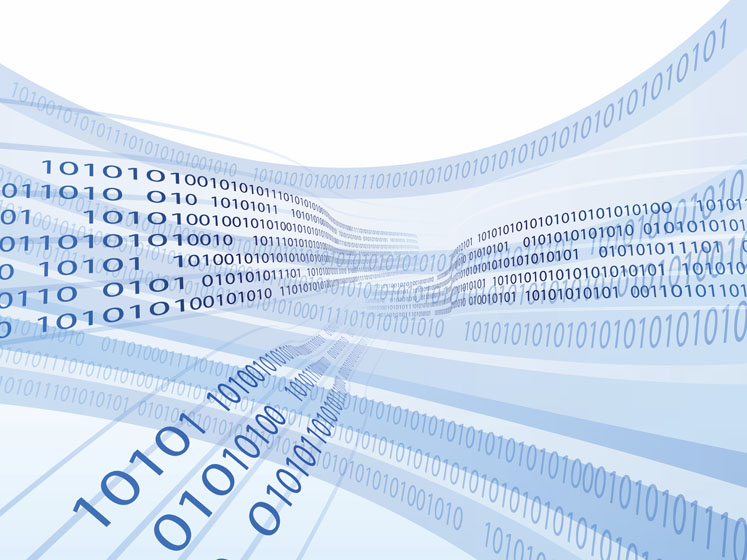As the world prepares for the distribution of a coronavirus vaccine to healthcare workers and other high-priority groups, Mahesh Veerina, CEO of Cloudleaf, believes that having a Plan B in place is vital. “If we are going to distribute an expedited vaccine, there needs to be an alternative distribution strategy."
"Although disease spread and mitigation is obviously a top global priority, doing so as safely as possible is also critical. Companies need full visibility into the flow of products within the supply chain and need to be able to track at the unit level as opposed to on pallets or trucks to enable them to pull product off shelves much faster in the case of a recall.”
“Although many people are assured that giving emergency use authorisation to a vaccine will save lives, there’s a very real possibility of a product recall, which could have adverse effects,” he tells Dr Kevin Robinson: “The news of an approved vaccine is an important historical moment; but, what isn’t being talked about is how this vaccine will be distributed through our current supply chain at the scale that’s needed.”

Mahesh Veerina
KSR: Perhaps I’ve been watching too many post-apocalyptic movies, but this all sounds quite ominous! Is the situation that dire regarding the industry’s ability to mobilise and deliver a COVID-19 vaccine at the moment?
MV: It’s a huge challenge, Kevin; traditionally, we ship approximately 150–200 million doses of flu vaccine about this time of year in the US, and about 1.4 billion or so globally. Now, we need to add to that! We’re preparing to distribute an additional 700 million to a billion doses in the US and, probably, billions of doses globally.
With, COVID, there are so many things going on at the same time, such as R&D into different kinds of therapies, finding manufacturing capacity and then managing the logistics.
These vaccines must be transported in temperature-controlled environments. For COVID-19 material, cryotemperatures such as –70 or –80 degrees may be required … and a lot of cold chain logistic solutions are not set up to achieve this at scale. The pharmaceutical ecosystem is facing a huge task and it’s incredibly challenging.
KSR: As we’re still waiting for an approved or proven vaccine, we don’t necessarily know what type of supply chain network will be required. Can we pre-empt that situation or are obliged to take a wait and react approach?
MV: I think you’re right. The vaccine research is entering Phase III trial stage in some cases and a lot of effort is going into accelerating that process. But, yes, we can prepare. There’s a lot of preparation work going on … and it’s not like venturing into the unknown; but, actually making it happen is the challenge!
If you look at a typical vaccine’s journey from one of the major companies, they produce what’s called a seed (mostly done in Europe, South Korea and/or India and China, for example). From there, the seeds move to so-called bulk production facilities and finally onto a fill/finish plant where multiple doses are portioned out into glass syringes or vials.
These are subsequently sent to distribution centres run by third parties or, sometimes, NGOs such as Gavi, the Vaccine Alliance. Finally, the vaccine reaches administration facilities such as clinics and hospitals and so on.

Throughout this journey, you have multimodal shipment solutions, such as trucks and planes, the infamous “last mile” and so on. And, typically, that entire chain has to be secure! Any broken links in the chain will render the vaccines ineffective, so conditions such as temperature, humidity, etc., have to monitored continually and maintained within tight limits.
Quantity and destination are also critical. Is the right amount of vaccine available in the right place? Furthermore, if demand changes, can your supply chain cope? All these factors, as well as regulatory considerations, have to be taken into account.
As such, the whole process is very complex and, traditionally, very manual! And that’s the other challenge. To do this at that scale, it’s simply not possible to ensure that everything remains intact and within acceptable parameters by hand. So, this year, there’s a lot of preparation going on and, looking ahead, digital capabilities are being put in place to record and automate the distribution of volume shipments of the COVID-19 vaccine to ensure both scalability and safety.
KSR: The US FDA, the Bill & Melinda Gates Foundation, etc., have put a lot of (financial) support into accelerating the development and production of the vaccine. Do you think that of level of backing is being seen beyond the manufacturing stage and during distribution?
MV: Great question. In the US, for example, a Federal entity called Operation Warp Speed was established that pushed almost $10 billion into researching the vaccine. And this kind of funding has happened at several levels to find different kinds of therapies (single or multiple dose, for example); the Gates Foundation and Gavi contributed another $10 billion or so and various countries established a kind of consortium to get the R&D effort very much under way.
Then, they pretty much soaked up all the available manufacturing capacity. The last piece of the puzzle, though, is the distribution, logistics and even the technology required to monitor and manage who gets administered, how many doses were delivered, etc., which is also very complicated and needs intensive oversight.
But, work is taking place to address this. We’ve been partnering with a number of bulk vaccine manufacturers and transportation companies, such as CSafe, who make cold chain containers that help move vaccines around.
But, right now, not enough is being done. If you look at all the studies in progress and the volume of vaccine required, you’d need something like 8000 cargo planes filled to capacity to get it to where it’s needed.
We have a lot of hurdles to overcome, right now, and manufacturing a viable vaccine is simply not the end of the story.
KSR: Supply chain security is clearly paramount and, recently, we heard a lot about how blockchain was going to tighten up pharmaceutical distribution, prevent anticounterfeiting and so on. Is that technology still valid in a COVID environment?
MV: You raise a good point. Generally, though, blockchain technologies had been developed — or, more accurately, envisioned — for use with more traditional vaccines such as polio, malaria and those that were regularly impacted during storage and transportation.
For products like these, both diversion and misuse are huge problems. So, blockchain is one of those technologies that’s employed to secure the entire chain of custody, from the manufacturing plant to the last mile to the patient. And that’s still happening. But, in the context of COVID-19, the issues are slightly different.
It’s more about national security, especially as a lot of countries are somewhat fending for themselves at this point. The security of these vaccines and the research behind them is absolutely essential, and blockchain can contribute to that, but it’s taking a bit of a back seat and not so much in the foreground with coronavirus.
More pressing in this instance are issues such as secure channels within a particular country, tamper-proofing and making sure that these vaccines are still viable, efficacious and effective when it comes to patient administration. These are the matters that are very much at the forefront.
